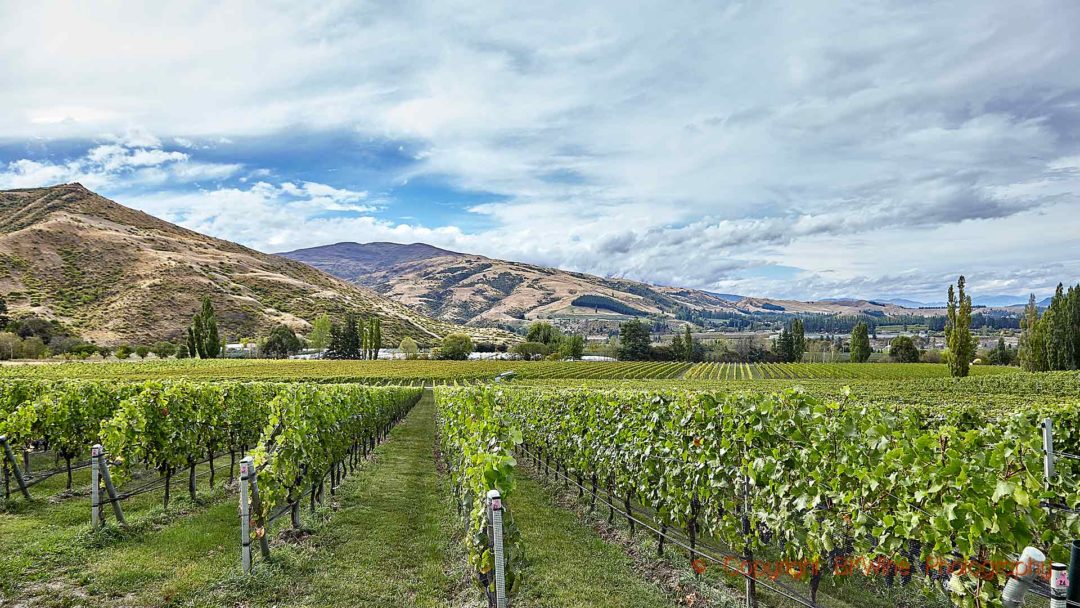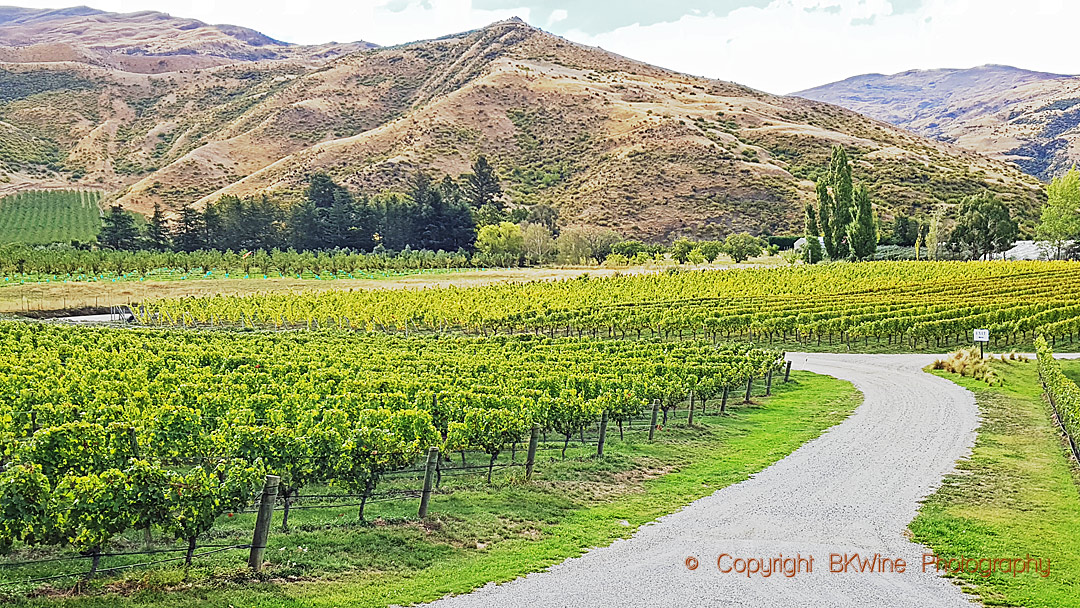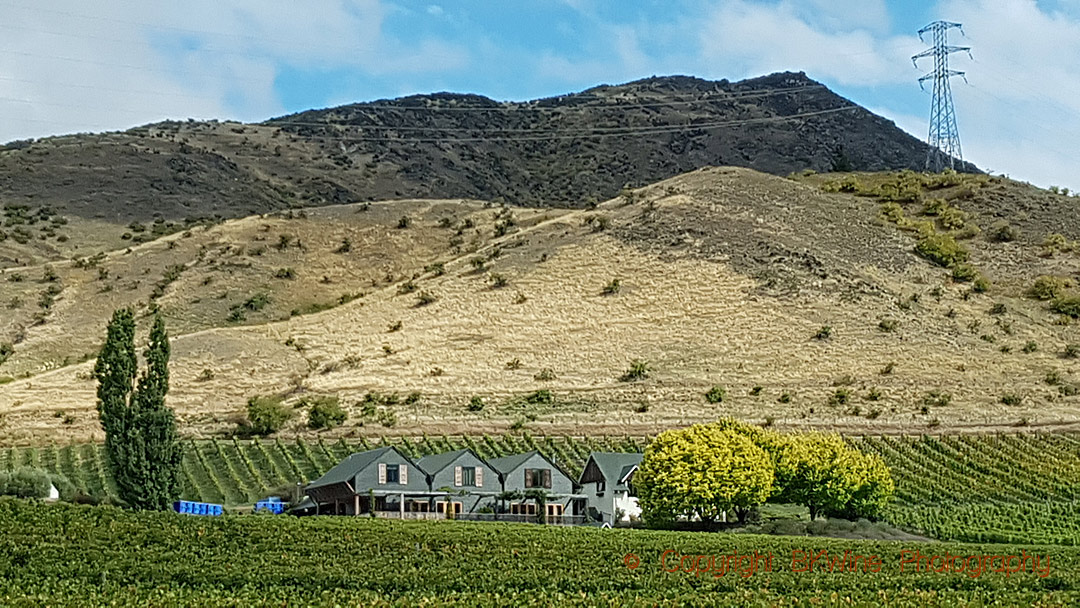New Zealand is a young wine country, and Central Otago on the South Island is even younger. It is also a spectacularly beautiful region where you find superb wines from the tricky pinot noir. One of the pioneers here, and also one of the most famous wine estates in New Zealand, is Felton Road.
For the pinot noir lover, it is certainly worthwhile looking for wines from Central Otago. The fortune-hunters from the gold mining era of the mid-1800s have been replaced by ambitious and just as adventurous winemakers.
This article was originally published in a shorter version on Forbes.com.
Central Otago is now around 1900 hectares of vineyards. Lively and youthful Queenstown is the wine capital of the region. There are six subregions, the warmest and driest being Bannockburn and the coolest Gibbston. Alexandra is the most southerly sub-region, with an arid climate and pretty extreme temperatures both in summer and winter. The other subregions are Wanaka up by the gorgeous Lake Wanaka, Bendigo, and Cromwell/Pisa.
80 % of the vineyards in Central Otago are planted with pinot noir. Pinot gris is in second place, and the rest is a smattering of chardonnay, riesling, sauvignon blanc and gewurztraminer.
“In the early 1970s the New Zealand government said that the South Island was not suitable for vines”, says Blair Walter, winemaker at Felton Road, whom I meet in the middle of the vineyards. It probably wants that statement erased from the history books. 70 % of the New Zealand vineyards are now on the South Island.
It didn’t hinder the pioneers in Marlborough though, and certainly not the ones in Central Otago. In 1987 the first wines from Central Otago were released from the three ultra-pioneers, Rippon, Gibbston and Taramea. Felton Road was first planted in 1992. “As you can see”, says Blair, “it is an extremely recent wine industry. Our original 27 years old vines are amongst the oldest in Central Otago.”
The founder of Felton Road, Steward Elms, had a love for wine, says Blair. “He was importing and selling fine wines from Europe. He visited Marlborough in the 1980s, was inspired and, despite being 55 took a postgraduate in oenology. He bought this piece of land in Bannockburn, which, at the time, was a risk.”
But it turned out just fine. Blair joined Felton Road in 1996. One of his many adventures at the winery is going organic in 2002.
“It took us three years to figure out how. Now we are also Demeter certified.” Felton Road was among the first to be biodynamic, not the first though. Millton Winery in Gisborne on the North Island was earlier, a fact that Blair benefited from. “James [Millton] is great for giving advice. He wants to see others succeed”.
Watch the video with Blair Walter at Felton Road, Central Otago:
To boost the biodiversity Blair plant a cover crop between the rows. This cover crop competes with the vines for nutrients and water, and that way, Blair can control the vigour of the vines.
Why is Central Otago such a good place for pinot noir? For a starter, it is dry. The region gets less than 600 mm of rain per year. Under 400 mm is more likely, according to Blair. The Southern Alps stand in the way for more abundant precipitation. But the west coast on the other side of the mountains is known to be extremely wet.
The summers are warm “We can have 33-38 degrees C in the middle of summer”, says Blair. But the temperature drops at night. The winters can be cold, but according to Blair, they are getting warmer. “The water reservoirs used to freeze in the winter. The weather is variable, but we are used to it here. We have pretty tough skin and are good sailors because of good winds.”
Not only the winemakers but also pinot noir has more hardened skin here, with the intense sunlight and the long mild autumn days with crystal clear skies. You have to take care of your vineyard, though. At Felton Road, the yield is low for pinot noir, 5,5 tons per hectare, which translates into 35-40 hectolitre per hectares. This is low indeed for New Zealand in general but very important for pinot noir.
Felton Road makes 150,000 bottles from 32 hectares of vines. Most of it is pinot noir. But if you find their chardonnay or riesling, don’t hesitate. They are also superb.
Felton Road Pinot Noir Bannockburn (~45 euro) is a blend of four vineyards. The other pinot noir-wines are single vineyards:
Felton Road Pinot Noir Cornish Point (~50 euro)
Felton Road Pinot Noir Block 3 (~70 euro)
Felton Road Pinot Noir Block 5 (~70 euro)
Felton Road Pinot Noir Calvert (~50 euro)
The wines ferment in open-top tanks. Usually, Blair keeps 20-25% of whole bunches. The wines spend 12-16 months in barrel with a small percentage of new barrels. They are not fined or filtrated before bottling.
All four of them are structured, well-concentrated top wines with balanced oak ageing, silky tannins and lovely fruit. They are also very sought-after. 75% of the production is exported.
This article was originally published in a shorter version on Forbes.com.
New Zealand is a fantastic wine country to discover with plenty of unexpected discoveries and overwhelming experiences. Jump in and discover all this on a wine tour to New Zealand with BKWine.
Travel to the world’s wine regions with the wine experts and the wine travel specialist.
Overwhelmingly fantastic wine tours. BKWine wine tours.















